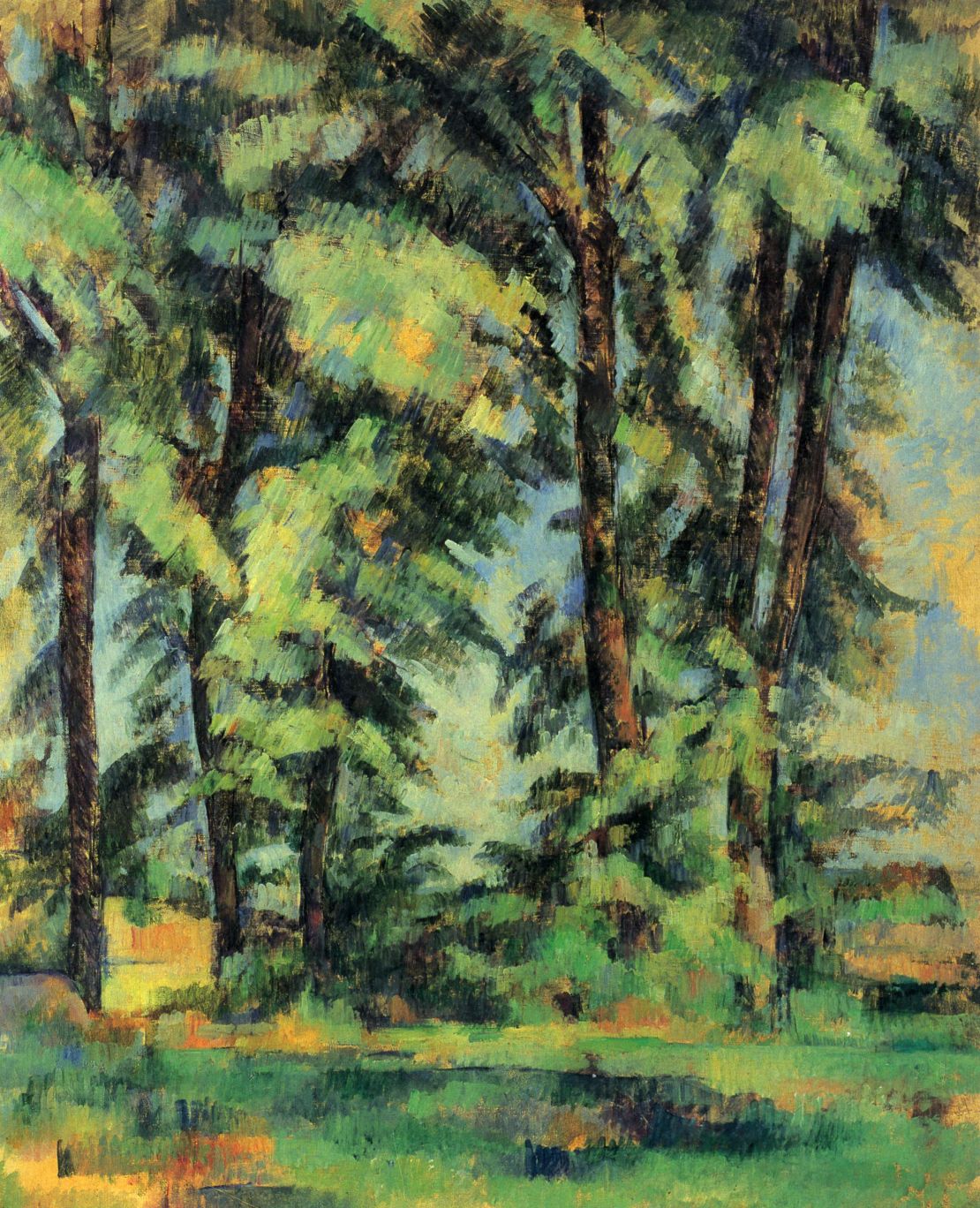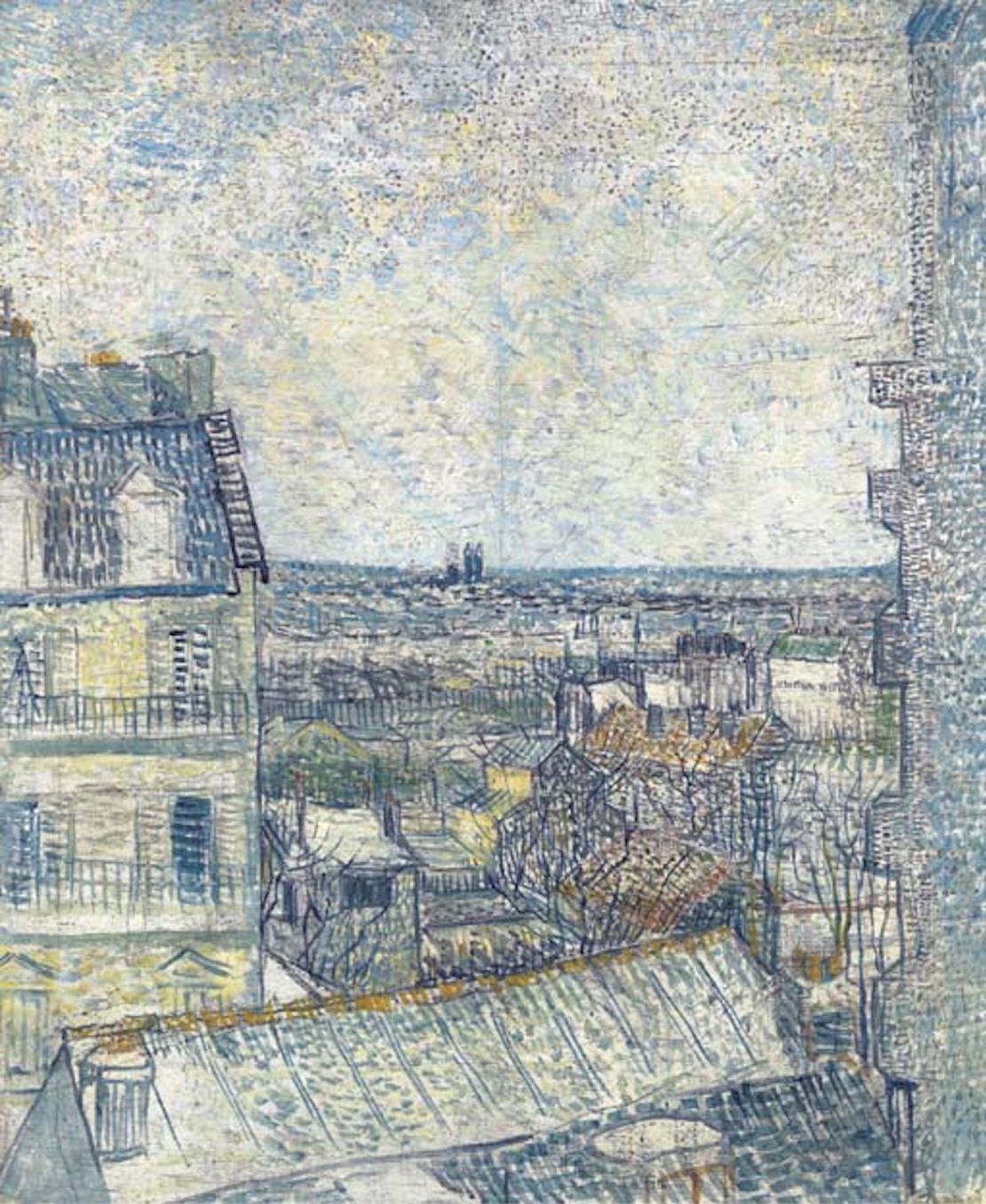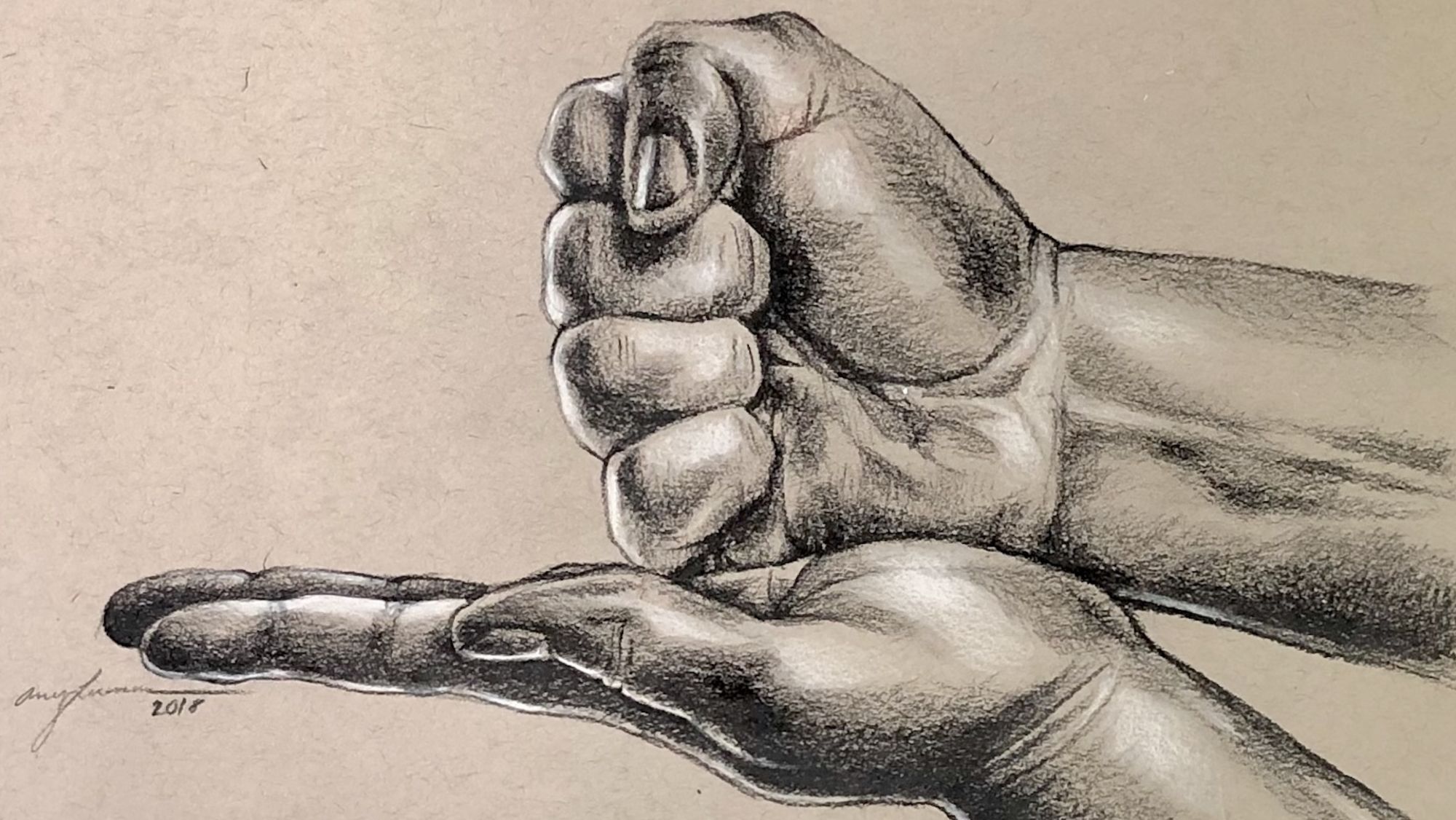Editor’s Note: This article was published in partnership with Artsy, the global platform for discovering and collecting art. The original article can be seen here.
Handshakes have long been crucial to art world deals, but in the spring of 2005, a different gesture determined the outcome of a multimillion dollar agreement.
The Japanese electronics giant Maspro Denkoh Corporation had decided to auction off works from its art collection – described in an interview with NPR by Jonathan Rendell, a deputy chairman at Christie’s, as “a jewel in the crown” – worth about $20 million, during the Impressionist and modern art sales in New York. Unable to choose whether to consign the trove to Sotheby’s or Christie’s, company president Takashi Hashiyama put the decision in the auction houses’ hands: Representatives from each company would visit Maspro’s Tokyo office to compete in a game of rock, paper, scissors.
The winner of the high-stakes match would be greatly rewarded in auction fees. Maspro’s collection included a landscape by Paul Cézanne, “Les grands arbres au Jas de Bouffan” (1885–87), as well as works by Pablo Picasso, Vincent van Gogh, Paul Gauguin, Pierre-Auguste Renoir, Pierre Bonnard, Marc Chagall and Camille Pissarro.

Yet Hashiyama didn’t mind that the outcome of a game would determine these artworks’ fates. “It probably looks strange to others,” he told the Wall Street Journal. “But I believe this is the best way to decide between two things which are equally good.”
The rival auction houses approached the impending game very differently. Kanae Ishibashi, the then president of Christie’s in Japan, took the challenge seriously. She studied the psychology of the game and phoned a friend: She consulted 11-year-olds Alice and Flora Maclean, the twin daughters of Nicholas Maclean, the international director of Christie’s Impressionist and modern art department at the time, figuring they’d have more expertise on the playground ritual than she.
The twins suggested Ishibashi start with scissors – as Flora explained to the New York Times: “Rock is way too obvious, and scissors beats paper.” In preparation for the competition, the auction house executive also prayed, carried charm beads and sprinkled salt for good luck.

Sotheby’s, on the other hand, believed the game would come down to chance, “so we didn’t really give it that much thought,” Blake Koh, a former specialist in the house’s Los Angeles office, said at the time, also speaking to the Times (he now works at Phillips auction house). “We had no strategy in mind.”
Both Christie’s and Sotheby’s declined to comment for this story.
On game day, Ishibashi met her Sotheby’s competitor in a board room. Instead of playing rock, paper, scissors the traditional way – thumping a fist on an outstretched palm, then making the gesture that corresponds to the object thrown – the participants wrote their object of choice on a piece of paper. Ishibashi dutifully chose scissors, beating her paper-throwing opponent in one swift go – scissors cut paper.
The game, it turned out, was not as arbitrary as Sotheby’s had believed. Chegg, a homework help company, has since employed the situation as an example of game theory. The website’s framing of the quandary suggests that students create a payoff matrix that assumes a firm’s “dominant strategy” is “to always choose scissors.”
Or, as Alice Maclean told NPR a decade after she’d given Ishibashi the same advice: “You never go paper … It’s a weak move.”
Christie’s hard-won consignment did not disappoint. Cézanne’s “Les grands arbres au Jas de Bouffan,” a lush oil on canvas that depicts a grassy clearing and brush trees in Aix-en-Provence, was the third-biggest lot of the house’s May 4 evening sale, fetching $11.8 million. The Picasso streetscape, “Boulevard de Clichy” (1901), which features a grand white Parisian building behind pointillist trees, realized $1.7 million. Van Gogh’s take on the same theme, “Vue de la chambre de l’artiste, rue Lepic” (1887), which focuses more on the city’s sky and rooftops, beat its top estimate of $2 million and sold for $2.7 million. Rendell now credits his rise up the Christie’s corporate ladder to that decisive win and the subsequent sale.

The successful consignment also demonstrated that rock, paper, scissors, though ostensibly a game of chance, is not devoid of strategy – or its own mystical logic. Recalling the Sunday night before the decisive game, Ishibashi told NPR: “Suddenly my husband came up in my dream. He said, ‘Kanae,’ and he told me what choice I should come up with. Then I woke up, and I saw the window, and the sky was beginning to light up. I didn’t look at the time, but I felt really sort of refreshed.
“Somehow my husband’s voice really struck me, and I didn’t even think about, you know, right or wrong. But I felt that it was a choice for me and I would go for it.”
Top image: “Let’s Play Rock, Paper, Scissors, You Lose, You Die, You Win, You Die,” (2018) by Amy Lee Lummus, courtesy of Bitfactory Gallery.

